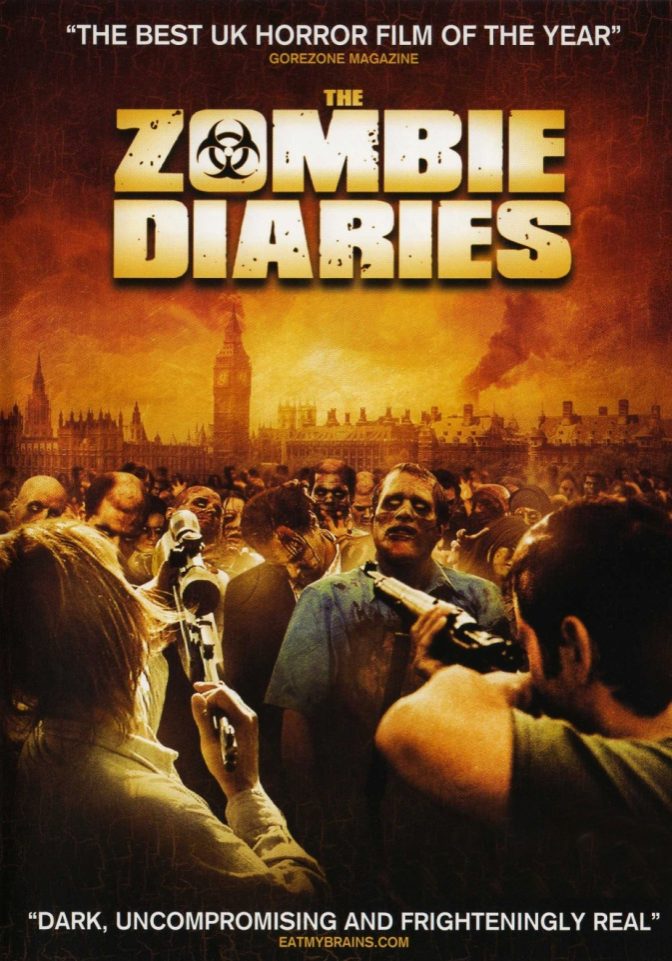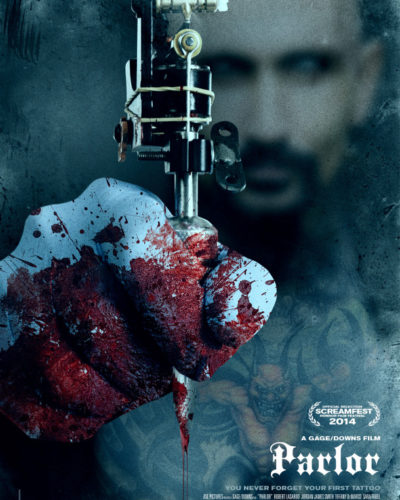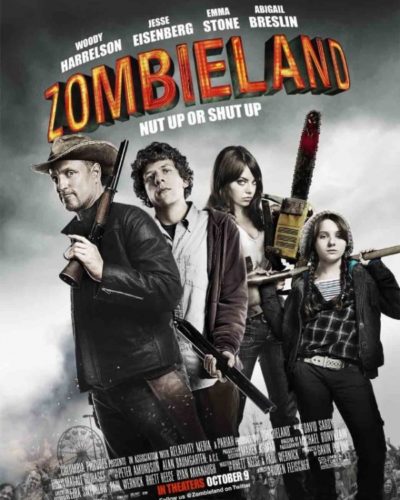Whispering Death: The Untold Stories of Survival
In the depths of the cinematic catacombs, a 2006 film titled “The Zombie Diaries” emerges as an ambitious but flawed attempt to reanimate the found-footage subgenre. Directed by Kevin Gates and Michael Bartlett, this British horror flick ventures into a post-apocalyptic landscape, scrambling for a fresh angle on the well-tread undead narrative.
The film interweaves stories from the journals of survivors as they navigate a world ravaged by a deadly virus. With no central protagonist to guide us, the narrative unfolds through the lens of various handheld cameras, capturing the raw and disorienting reality of a society crumbling beneath the shuffling feet of the infected.
The Shroud of Dread: Crafting the Horror Landscape
“The Zombie Diaries” crafts its atmosphere through an unpolished, documentary-style approach that imbues the film with a pervasive sense of realism. The use of natural lighting and sparsely populated rural landscapes paints a bleak picture of isolation that is perfectly suited for the horror that lurks in its shadows. It’s less about outright gore or supernatural chills and more about the simmering tension of an unseen enemy capable of striking at any moment.
Directors Gates and Bartlett rely heavily on anticipation and the dread of the unknown to build fear. The use of shaky, handheld camerawork is a double-edged sword, however. While it fosters authenticity and immersion, it may also induce more frustration than terror in viewers craving steadier, more conventional shots.
Through a Lens Darkly: The Technical Screams
The cinematography is raw, often dipping into the grittiness of an apocalyptic world left to its own devices. Special effects are used sparingly, which lends an understated believability to the zombie encounters but may leave those desiring more grandiose displays of horror underwhelmed.
Auditory elements play a crucial role in amplifying the film’s horror elements. The unsettling silence of the environment, punctuated by the occasional groan or rustling leaves, crafts an eerie soundscape that imbues each scene with potential peril. The absence of a traditional musical score magnifies the reality of the situation, making mundane sounds more menacing.
The Humanity Behind the Horror
Given the film’s low budget, performances range from convincingly panicked to distractingly amateurish. The characters vary in their development, with some invoking genuine empathy, while others feel like mere fodder for the film’s undead antagonists. The improvised nature of the dialogue, meant to enhance the realism, at times backfires, leading to interactions that feel disjointed and less engaging.
“The Zombie Diaries” delves into psychological horror, relying less on the zombies themselves and more on the breakdown of civilization and the moral choices the survivors face. It’s an intimate look at how a crisis can erode humanity, a theme that resonates even outside of horror.
The film’s methods of frightening its audience are subtle—a stark contrast to the more bombastic entries in the genre. Yet, its commitment to a realistic portrayal of societal collapse under the threat of an epidemic can strike a chilling chord, particularly in the wake of real-world health crises.
The underlying societal commentary on our vulnerability to pandemics and the fragility of our societal constructs is where “The Zombie Diaries” finds its depth. While not groundbreaking, its reflections on humanity’s response to extreme situations are noteworthy amid the scream-inducing terror. However, the effectiveness of its message can be overshadowed by the film’s technical and narrative shortcomings.
All’s Well That Ends Well…Or Does It?
Those seeking high-production values and non-stop zombie action may find “The Zombie Diaries” a disappointing foray. However, horror enthusiasts who appreciate a more subdued and contemplative approach to the genre, or fans of found-footage films, may value its attempt to inject verisimilitude into a fantastical scenario.
The film struggles to stand shoulder-to-shoulder with heavyweights of the horror genre, but for those interested in the psychological aspects of a zombie apocalypse or the meta-narrative of survivalist video diaries, it could offer a few morsels of genre sustenance.
Overall, “The Zombie Diaries” is a film with honed intention but varying execution. It excels in cultivating an authentic atmosphere but is impeded by uneven pacing and performances. It is recommended with caution, bearing in mind its potential appeal to a niche audience and its place as an early entry in the found-footage resurgence.
Viewer discretion is advised for scenes of violence, gore, and distressing content, which though not excessive, contribute to the film’s grim tonality. Whether “The Zombie Diaries” leaves you sleeping with the lights on or merely shrugging, its raw depiction of survival against the undead faithfully mirrors the erratic pulse of horror: unpredictable, disquieting, and relentlessly human at its core.




